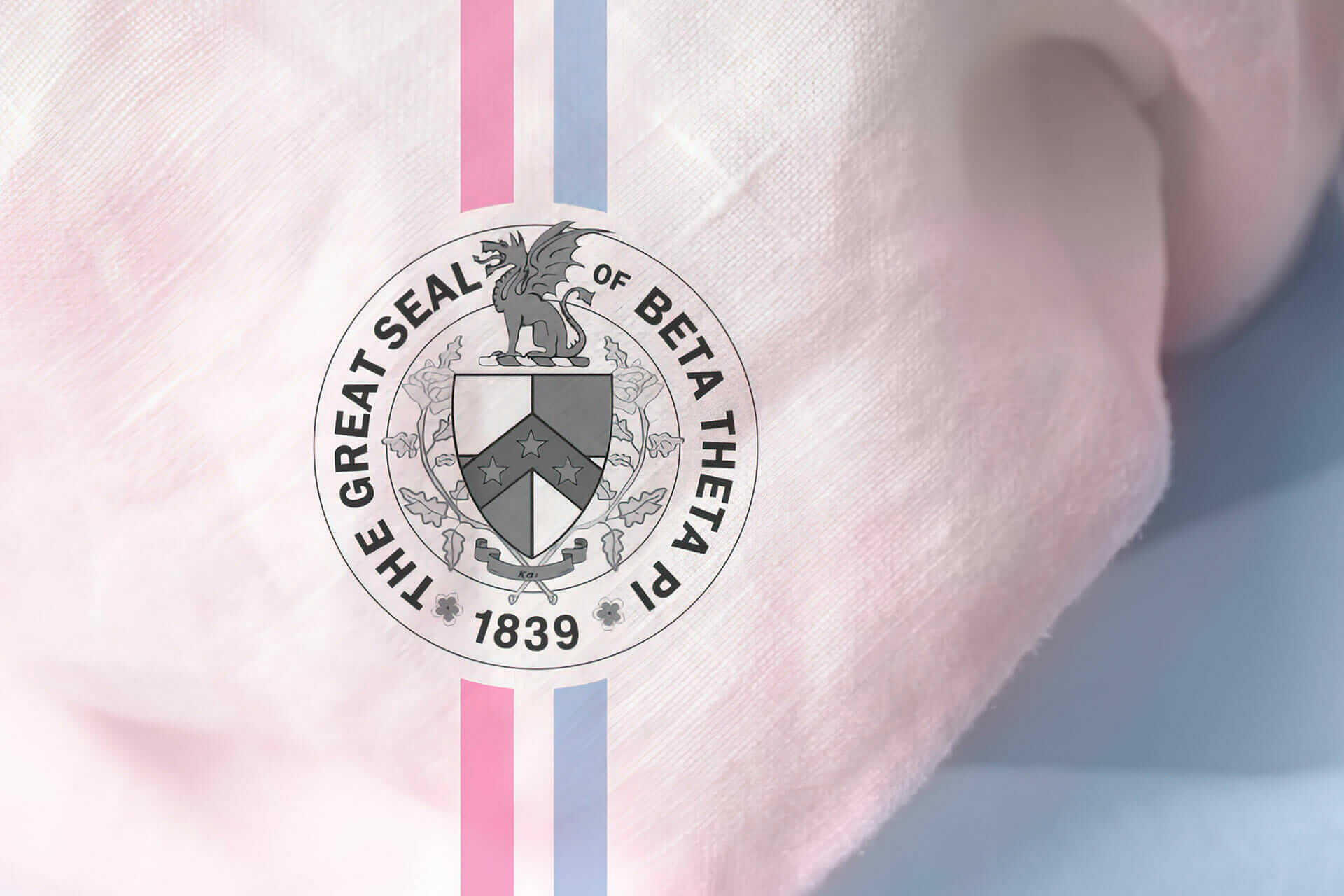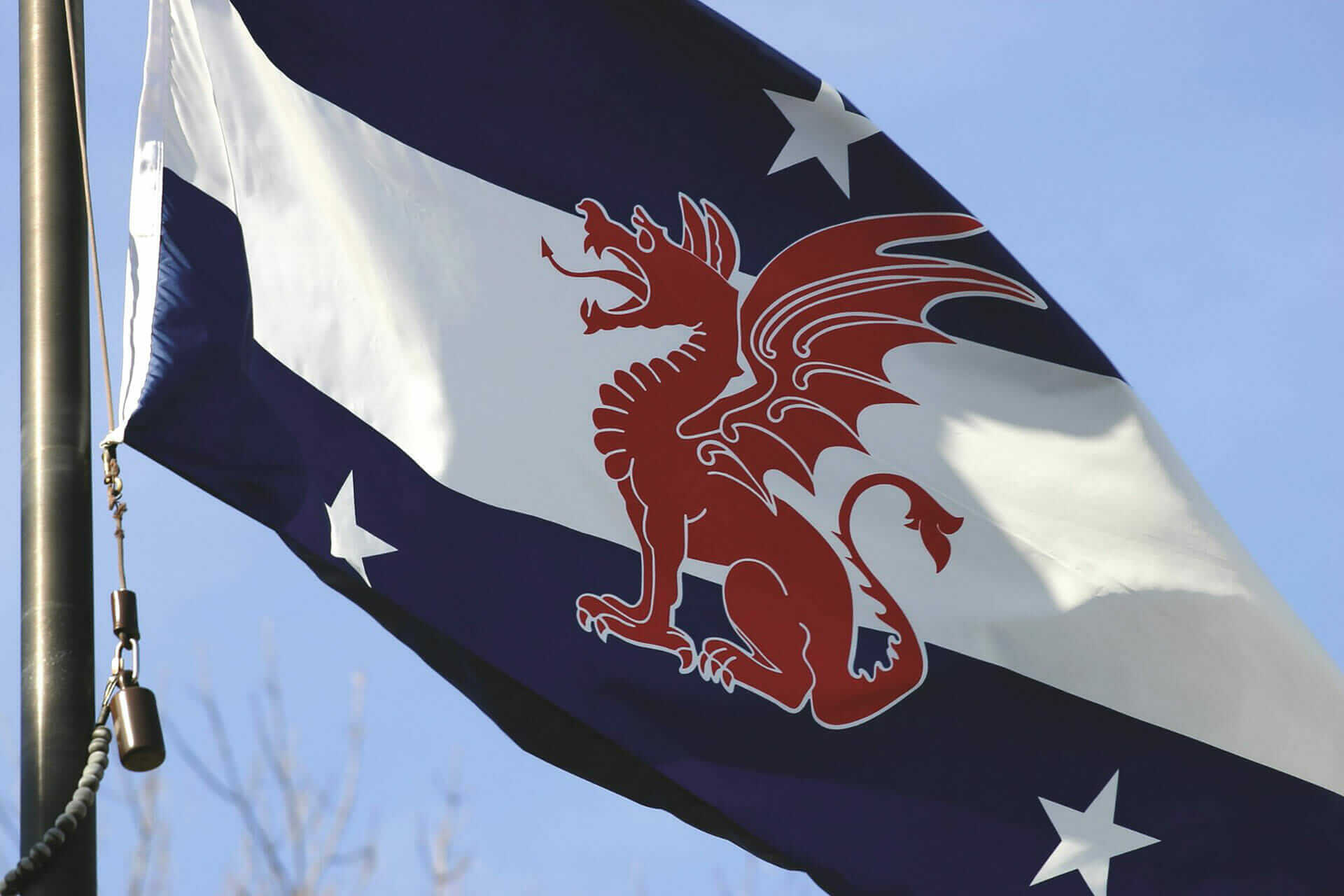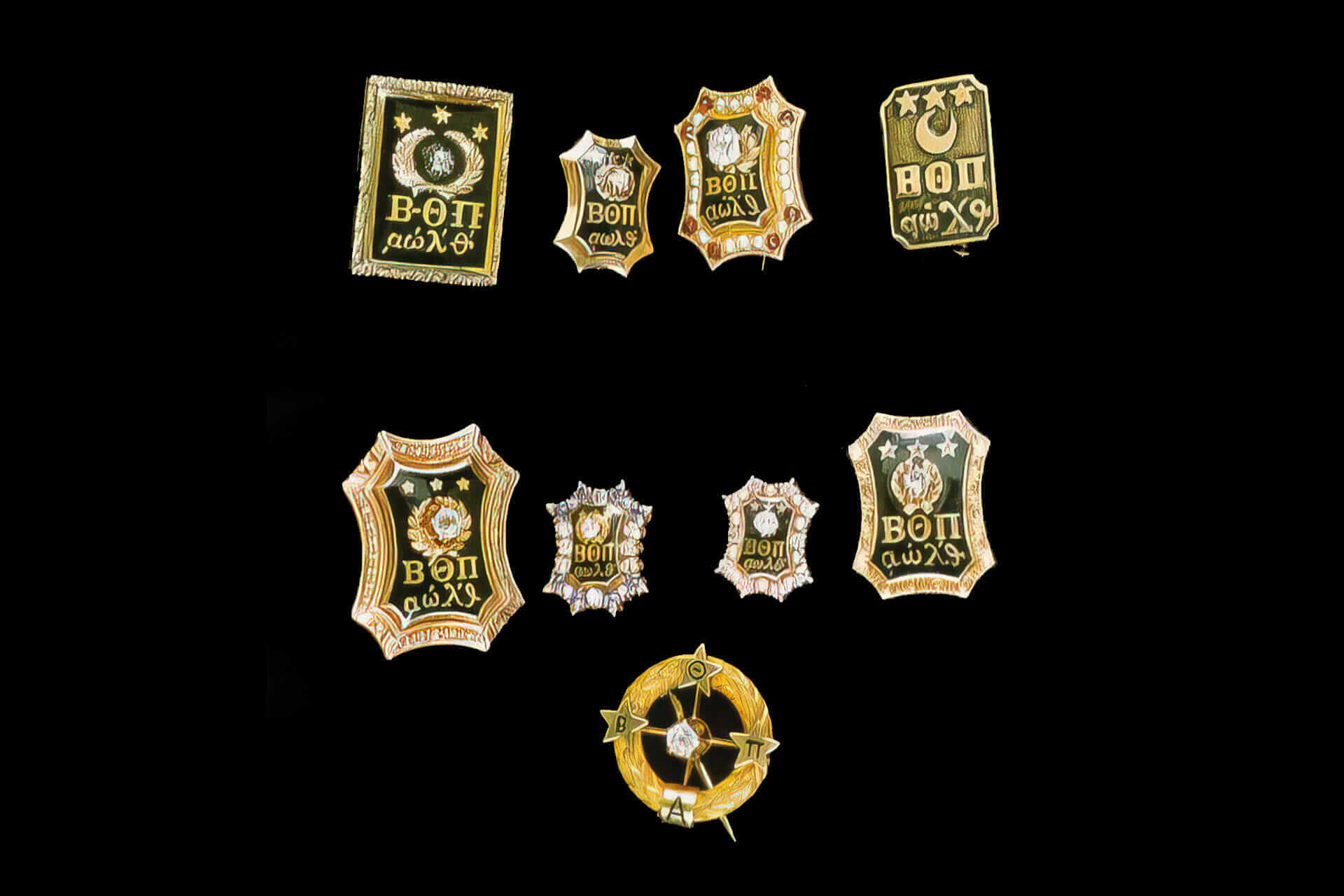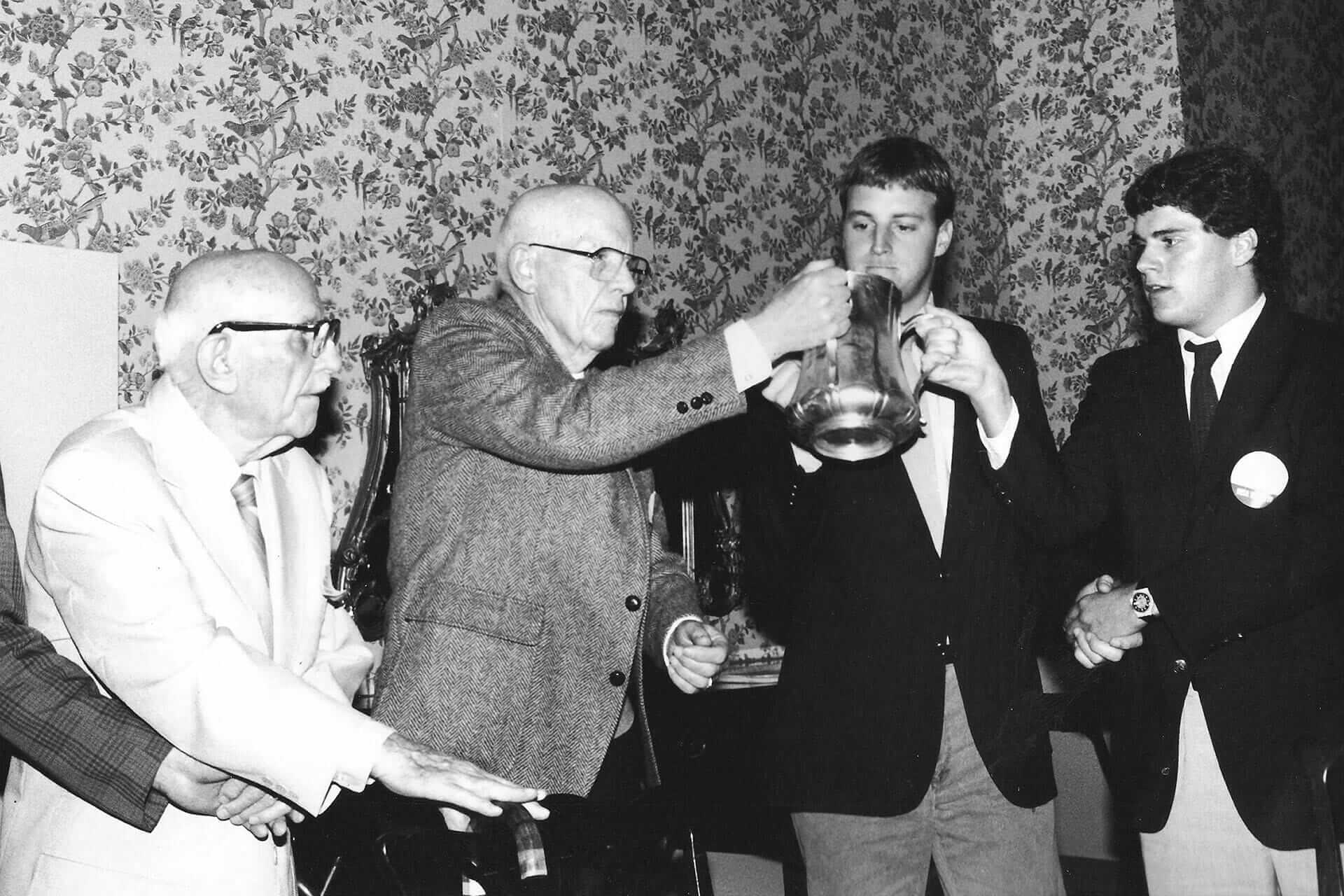Beta Heraldry
The Fraternity’s seals and emblems have sprung from the greatest minds in Beta Theta Pi’s more than 180-year history and evolved over several generations. Today, these symbols are instantly recognizable to members and friends globally, instantly evoking the emotions and pride long associated with our Great and Good Fraternity.
Digital Archive
They say a picture is worth a thousand words, but what about 100,000 of them? In 2022, the Fraternity unveiled its digital archive, home to thousands of cherished memories and never-before-seen photo treasures. The platform makes public what, until now, was only available to be seen in the Beta Theta Pi Archives and Museum in Oxford.
From Florida International to British Columbia, the earliest Conventions to Wooden Institutes, intramural champs to Shepardson Award winners, the earliest chapter homes to today’s modern marvels, it’s now easier than ever to reflect on Beta’s rich history and share it with future generations.
“Signs and symbols are revealed in an effort to open the mind and imagination to a larger understanding”
Coat of Arms & Great Seal
Designed by Major George M. Chandler, Michigan 1898, the Fraternity’s Coat of Arms was adopted in 1897. It is comprised of the Beta dragon (crest) perched upon the shield and, below, a ribbon scroll bearing the motto “___kai___.”
The coat of arms is also central to the Fraternity’s Great Seal. It is supported by two rose sprigs within a circular band on which appears the legend, “The Great Seal of Beta Theta Pi – 1839.”
Pink and Blue
Beta’s official colors are pink and blue – importantly – in ‘delicate shades.’ This has been the case since 1879 when chapters argued passionately for their selection. The significant thought behind the colors was their sensitivity to stains. This was to indicate the spirit of the Fraternity, which must remain pure and unsullied. It has been debated at several General Conventions to change the colors to more robust, darker shades of red and blue, but the motion is always soundly defeated.
“The rose was inherently fitting. In beauty and purity, it symbolizes our principles.”
Beta Rose
The light pink rose was adopted as the official Beta flower at the semi-centennial Convention in 1889 – a fraternity first. The suggestion was made not by a brother but by Beta Sweetheart Leila McKee.
A Beta daughter, sister and Sweetheart, McKee selected the rose from a bush growing on the Western College campus near the Fraternity’s birthplace in Oxford, Ohio.
Upon its formal adoption, the rose was described as “eminently fitting” for the Fraternity because its beauty, hardiness, adaptability and purity.
Badges and Pins
The very first Constitution of Beta Theta Pi, adopted in 1839, specifically designated a badge to be worn by members of the society. The badge’s aesthetic has been altered several times throughout history. However, the current version is the work of Major George M. Chandler, Michigan 1898.
It is an eight-sided Grecian shield of black enamel, bearing three five-pointed stars of gold, a diamond encircled by a laurel wreath, the Greek capital letters Beta Theta Pi, and below the Greek character notation for 1839, the date of the Fraternity’s founding.
The badge is to be worn over the heart and in a manner befitting the honor and dignity to which it is entitled.
Of course, the badge is not the first insignia earned by an associate of Beta Theta Pi. That honor belongs to the pledge pin. It is a Grecian shield of white enamel, also of eight sides, bearing three five-pointed stars of gold. It may be worn on the lapel of a coat or placed over the heart on a collared shirt or sweater.









